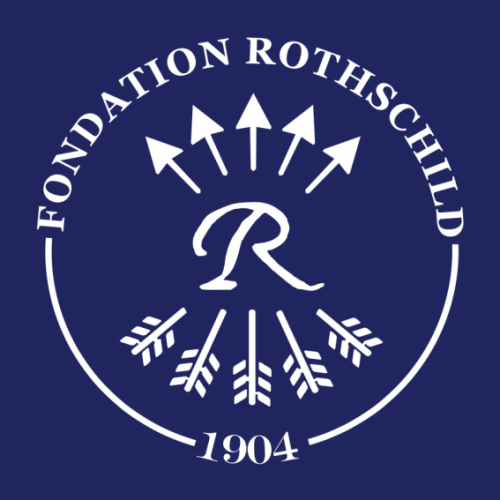A photograph illustrating Simone Disegni’s article on the attack on the Great Synagogue of Rome in October 1982 shows the pain and rage of Jewish congregants on this day. One can only imagine the emotion when, forty years later, the Italian Jewish community learned of unpublished documents showing that the Italian state could have been aware of an imminent attack and that it had done nothing to protect its Jews. A two-year-old child lost his life. This attack in Rome in 1982 by a Palestinian commando belongs to a series of rampages that includes the attack on Paris’ Rue Copernic synagogue in 1980, the attack on Rue des Rosiers in 1982, and the attacks on synagogues in Antwerp and Vienna, both in 1981. A brutal antisemitism directed against Israel was expressed through assaults on European Jews, who had become targets in the fight of radical Palestinian factions against Zionism.
It is a different kind of antisemitism that Avishag Zafrani discusses in K. this week. When resentment and hatred take on the sophisticated allure of an intellectually constructed discourse. When the antisemite theorizes. Bernard Lazare devotes developments in L’antisémitisme, son histoire et ses causes [Antisemitism – Its History and Causes], published in 1894, a “metaphysical antisemitism” described in these terms: “[Wilhelm] Marr[1] mixed with his ethnological antisemitism a metaphysical antisemitism, if I may say so, which Schopenhauer had already professed, a constant antisemitism to combat the optimism of the Jewish religion, an optimism that Schopenhauer found low and degrading (…) But Schopenhauer and Marr do not represent philosophical antisemitism alone. The whole of German metaphysics fought against the Jewish spirit, which it considered to be essentially different from the Germanic spirit and which represented for it the past in opposition to the ideas of the present. While the Spirit is being realized in the history of the world, while it is marching on, the Jews remain at an inferior stage. Such is the Hegelian thought, that of Hegel and also that of his disciples of the extreme left, of Feuerbach, of Arnold Ruge and of Bruno Bauer.” The Heidegger of the Black Notebooks is part of this tradition where it is a question of philosophizing about the nature of a perverted, corrupted, alienated and alienating world – of which the Jewish worldview would be the origin. Avishag Zafrani, through a return to ancient gnosis, gives a more general overview of this “metaphysical antisemitism.”
The third article in K. this week is a testimony – a personal and intimate account, but one that touches on the history of a language and its dispersed community. Who are the Judeo-Spanish? Alain de Tolédo tells how his particular ancestry, at first poorly understood, became a motif of his life.
Notes
| 1 | Wilhelm Marr, the German journalist who created the word “Antisemitismus” (antisemitism), is the author of The Victory of Jewishness over Germanness in 1879. |









